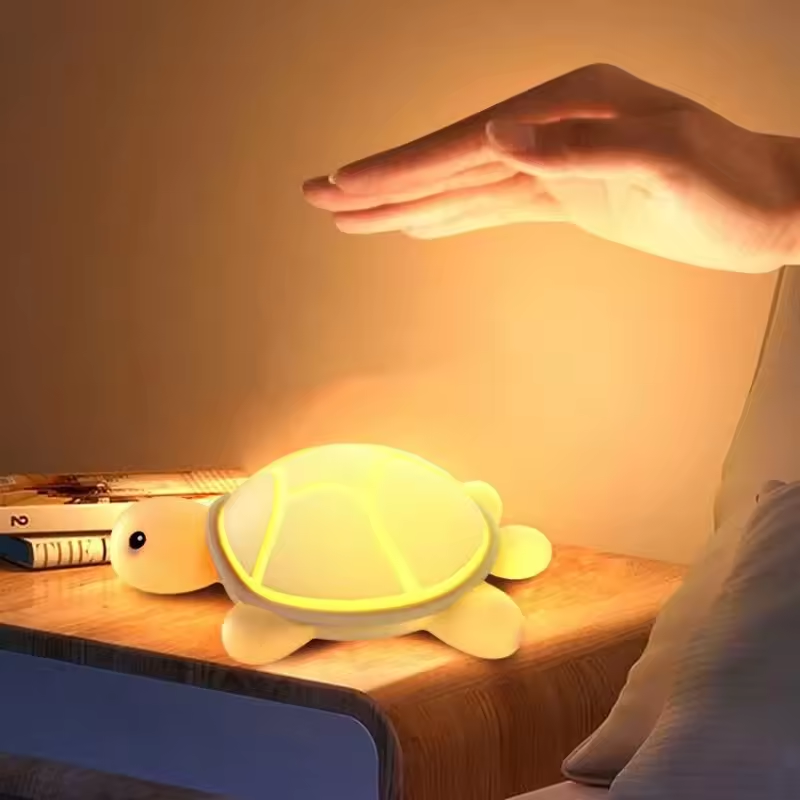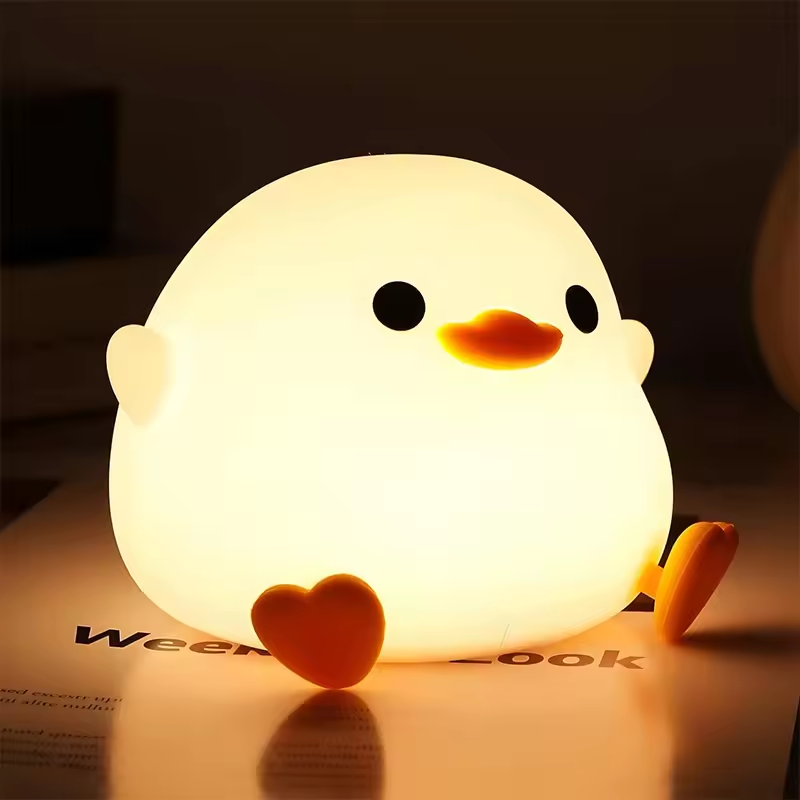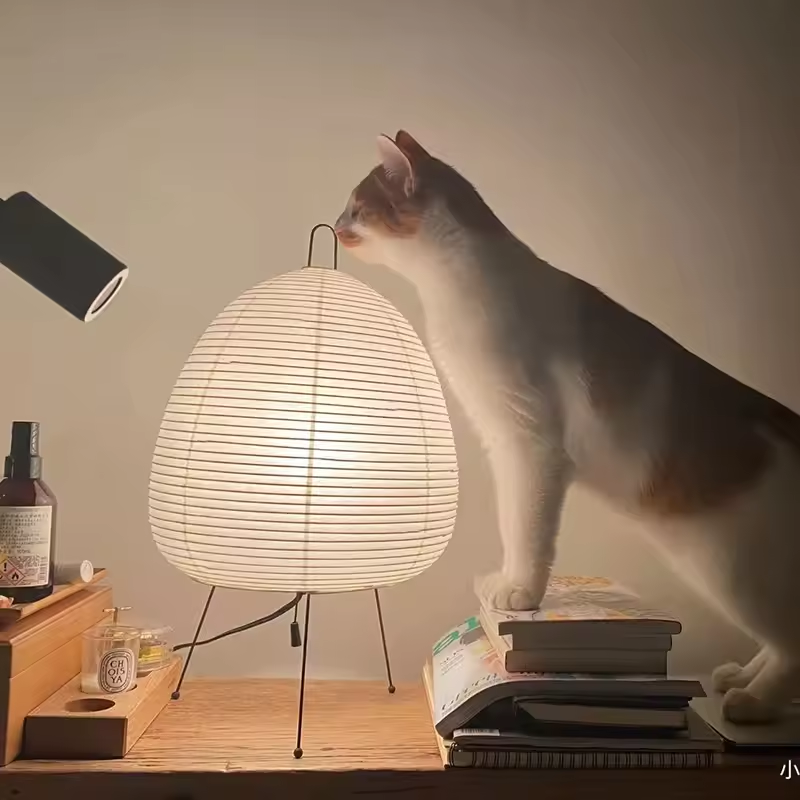 Introduction:
Introduction:
How to change fluorescent light to led?
With advancements in lighting technology, many people are opting to replace their outdated fluorescent lights with energy-efficient LED alternatives. Changing fluorescent lights to LED not only helps save energy and reduces electricity bills but also provides better quality illumination. In this step-by-step guide, we will explore the process of replacing fluorescent lights with LED lights, enabling you to upgrade your lighting system and enjoy the benefits of LED technology in your space.
 Some common colors of LED lights:
Some common colors of LED lights:
LED lights are available in various colors. Here are some common colors of LED lights:
Warm White: Warm white LED lights emit a soft yellowish-white light, creating a cozy and inviting ambiance.
Cool White: Cool white LED lights produce a bright white light with a slightly blue tint, providing a clean and crisp illumination.
Daylight White: Daylight white LED lights mimic natural sunlight, offering a balanced and neutral white light similar to that of daylight.
Red: Red LED lights emit a vibrant and bold red color, often used for decorative purposes or in signaling applications.
Green: Green LED lights produce a soothing and calm green color, commonly used in landscape lighting or for creating a natural ambiance.
Blue: Blue LED lights emit a cool and calming blue color, often used for decorative purposes, aquarium lighting, or creating a relaxing atmosphere.Good for sleeping.
Amber/Yellow: Amber or yellow LED lights produce a warm, golden hue, commonly used in decorative lighting or to create a vintage or rustic ambiance.
RGB (Color Changing): RGB LED lights allow for a wide range of colors by combining red, green, and blue LEDs. They can be programmed or controlled to create dynamic color-changing effects or customized lighting schemes.
These are just a few examples of the colors available in LED lights. LED technology enables the production of a broad spectrum of colors, allowing for various lighting options and effects to suit different settings and preferences.
 Benefits of Changing Fluorescent Light to LED
Benefits of Changing Fluorescent Light to LED
Energy Efficiency:
LED lights consume less energy compared to fluorescent lights, resulting in significant energy savings.
The switch to LED helps reduce electricity bills and lower environmental impact.
Longer Lifespan:
LED lights have a much longer lifespan than fluorescent lights.
They can last up to 50,000 hours or more, reducing the need for frequent replacements.
Better Light Quality:
LED lights provide better quality illumination, with improved color rendering and brightness compared to fluorescent lights.
The transition to LED results in a brighter, more vibrant, and visually appealing lighting environment.
 Step-by-Step Guide to Changing Fluorescent Light to LED
Step-by-Step Guide to Changing Fluorescent Light to LED
Safety Precautions:
Ensure the power supply to the fluorescent light fixture is turned off before proceeding with any work.
Use appropriate safety gear, such as gloves and safety glasses, to protect yourself from any potential hazards.
Remove Fluorescent Light Bulbs:
Gently twist and remove the fluorescent light bulbs from their sockets.
Dispose of the fluorescent bulbs safely, following local regulations for proper recycling or disposal.
Remove or Bypass the Ballast:
In most cases, fluorescent lights operate with a ballast that regulates the electrical current.
Depending on the LED replacement, you may need to remove or bypass the ballast.
Install LED Conversion Kit or Bulbs:
Follow the manufacturer’s instructions to install an LED conversion kit or LED bulbs specifically designed for fluorescent light fixtures.
Ensure the proper wiring connections and secure the LED components into place.
Test and Check Functionality:
Turn the power supply back on to test the newly installed LED lights.
Ensure all fixtures are working correctly, and the lighting is satisfactory.
Choosing the Right LED Replacement
LED Conversion Kits:
LED conversion kits provide a comprehensive solution for transforming fluorescent fixtures to LED.
They typically include LED tubes, wiring adapters, and instructions for installation.
LED Retrofit Bulbs:
LED retrofit bulbs are designed to fit directly into existing fluorescent light fixtures.
They offer a simpler installation process, as they can replace the fluorescent bulbs without the need for additional wiring modifications.
Considerations for Compatibility:
Ensure the LED replacement is compatible with your specific fluorescent light fixture.
Determine the size, type, and wattage requirements before purchasing the LED conversion kit or retrofit bulbs.
Additional Considerations
Dimming and Controls:
If your fluorescent lights were dimmable, ensure the LED replacements are also compatible with dimming functions.
Check for compatibility with any existing lighting controls or dimmer switches in your space.
Maintenance and Warranty:
LED lights require minimal maintenance, but it is still important to follow manufacturer recommendations for cleaning and upkeep.
Check the warranty information provided by the manufacturer to understand the coverage and duration.
Some cleaning and maintenance tips for LED lights:
When changing fluorescent lights to LED lights, it is important to follow proper cleaning and maintenance practices to ensure the longevity and optimal performance of the new LED lights. Here are some cleaning and maintenance tips for LED lights:
Regular Cleaning: LED lights should be cleaned regularly to remove dust, dirt, and other debris that can accumulate on the surface. Use a soft, lint-free cloth or a non-abrasive, microfiber cleaning cloth to gently wipe the LED lights. Avoid using harsh chemicals or abrasive cleaners that can damage the LED light fixtures.
Cleaning Solutions: If necessary, use a mild detergent or a gentle glass cleaner diluted with water to clean the LED lights. Spray the cleaning solution onto the cloth, rather than directly onto the LED lights, to prevent any liquid from seeping into the fixture.
Avoid Water Damage: LED lights are generally more resistant to water damage than fluorescent lights, but it is still important to avoid excessive moisture when cleaning. Ensure that the cleaning cloth is damp, not soaking wet, to prevent any water from trickling into the LED fixture.
Cleaning Diffusers or Lenses: If your LED lights have diffusers or lenses, pay attention to these components during cleaning. Remove the diffusers or lenses according to the manufacturer’s instructions, and clean them separately using a mild detergent or glass cleaner. Ensure they are completely dry before reassembling them onto the LED lights.
Check and Maintain Connections: Periodically check the connections and wires of the LED lights to ensure they are secure and properly connected. Loose connections can lead to flickering or inconsistent lighting. If you notice any loose wires or connectors, tighten them carefully or seek professional assistance if needed.
Avoid Overheating: LED lights generate less heat than fluorescent lights, but proper heat management is still important. Ensure that the LED lights are not obstructed or covered to allow proper airflow. This helps prevent overheating, which can affect the performance and lifespan of the LED lights.
Regular Inspections: Routinely inspect the LED lights for any signs of damage, such as cracks, broken components, or discoloration. Address any issues promptly by replacing or repairing the LED lights as needed.
By following these cleaning and maintenance practices, you can ensure that your LED lights remain clean, functional, and efficient. Regular cleaning and proper care will help maintain the optimal performance and longevity of your LED light fixtures.
 Conclusion:
Conclusion:
Changing fluorescent lights to LED is a straightforward process that offers numerous benefits, including energy efficiency, long lifespan, and improved lighting quality. By following the step-by-step guide, you can successfully upgrade your lighting system, enjoying the advantages of LED technology in your space. Consider the compatibility of LED conversion kits or retrofit bulbs with your existing fixtures, and always follow safety precautions throughout the process. With the switch to LED, you can create a brighter, more energy-efficient environment, enhancing both the aesthetics and functionality of your space.



